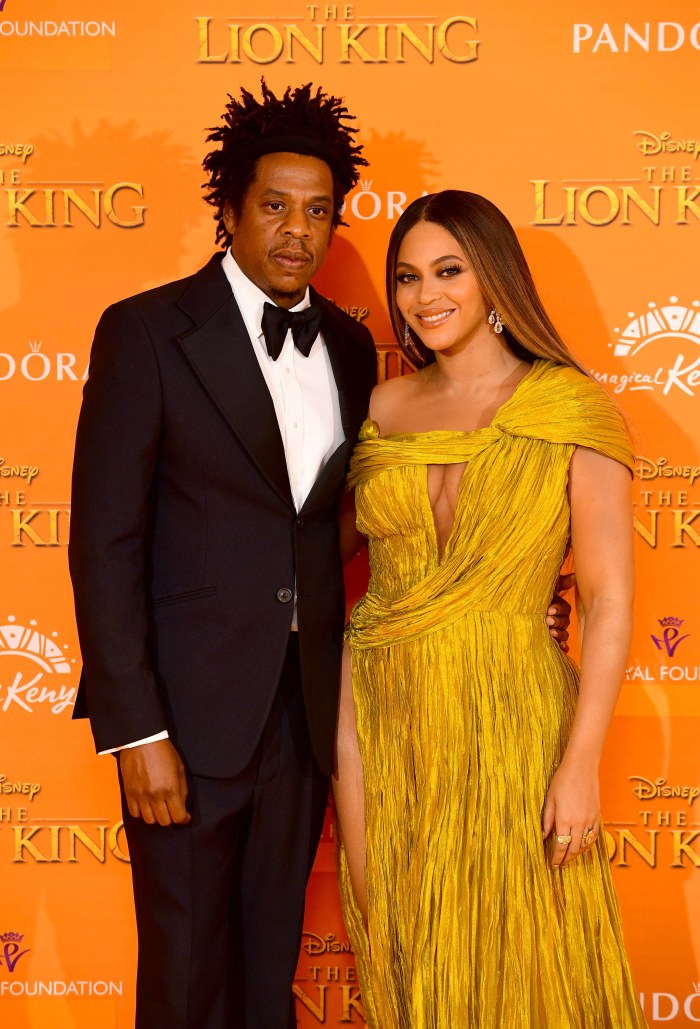
This article is more than
10 year old“Don’t Let Me Down,” the third platinum-selling single since 2014 by the D.J. duo the Chainsmokers, has been streamed online more than half a billion times. The song’s title and singer may not be familiar — its easily hummable vocals are performed by Daya, a mostly unknown teenager from Pittsburgh. But it’s the beat, and therefore its producers, that are the stars.
No longer relegated to the liner notes, digital composers in the genres of electronic dance music and hip-hop — both now firmly ensconced at pop music’s center — often take top billing on their tracks, even if the featured guest is Justin Bieber.
So even in this moment of dominant solo idols — Beyoncé, Drake, Rihanna — there exists a less instantly recognizable realm of rising studio superstars that have leapt from the depths of SoundCloud or the E.D.M. heap into the upper echelon of influence, dominating radio play and landing high-profile festival appearances. Acts like the Chainsmokers, along with Diplo, Disclosure, Calvin Harris and even the rap figurehead DJ Khaled have proven reliable hitmakers as lead artists, frequently employing their industry friends to carry the tune while laboring in partial obscurity.
Benefiting from the cross-pollination of regions and genres, these collaborations can introduce the featured artists to new audiences, with rappers and crooners crossing over among dance-pop aficionados. But the producers are pulling the strings and rightly taking much of the credit.
“As soon as someone like David Guetta said ‘This is my song,’ more producers wanted to be known beyond insider music circles,” said Sharon Dastur, senior vice president for programming at the pop-radio giant iHeartMedia. And because many of the producers perform internationally as D.J.’s, “they see what that next up-and-coming beat or sound or instrument is and they incorporate it into songs that become huge pop hits, cutting through by being more unique.”
Below, three beatmakers — the Chainsmokers, the Australian producerFlume and the more left-field Clams Casino, a former physical therapy student turned producer for the Weeknd and A$AP Rocky — discuss how some of their biggest collaborations came to be.
I actually made the drop of the song first, while we were on a flight. I just grabbed a little segment of one of the sounds in a friend’s sample pack and stretched it and reversed it, put it in a different key.
Later [my partner Alex Pall and I] bought this new Fender electric guitar, and I was messing around with it in this cool [software] plug-in called Guitar Rig. I wanted to make a big, echoey guitar sound like something from Explosions in the Sky or the xx. It was a really interesting combination of this kind of indie, lonely opening that drops you on your head with this trap breakdown, combining two opposing genres.
We did a session at my apartment in New York with these amazing songwriters, Emily Warren and Scott Harris. I played them this beat and they were like, “O.K., this is money.” The three of us sat there for like four hours and came up with a bunch of melody ideas. The next day Emily sent me a sick a cappella, and I threw it on the track.
We didn’t know who was going to sing it. But Daya’s song “Hide Away” was blowing up. When I heard that, I knew that she had the range. Her voice was pretty unique and didn’t sound like other people on the radio. We met at one of our shows in Pittsburgh. She was 17, but super mature. I went in the studio with her, and they didn’t really need my help. She cut an incredible vocal.
The easiest part of making a record is the first 90 percent of the song. The last 10 percent is when you sit there and you mix it and you add percussive fills and effects and make sure every piece enters and leaves perfectly. It takes forever. We actually changed the key, because it fit Daya’s range better if it was a step higher. And the third drop has this sax part that I wrote late in the process. I typically try to do three drops in a song. That one’s pretty epic.
Often when I work with a vocalist, I like to focus on the melodies first. I sent [the Canadian singer Kai] an instrumental, but it wasn’t “Never Be Like You,” just some chords I had lying around, really open-ended and simple.
We sent things back and forth online, and I got her to sing like 20 minutes of “oohs” and “aahs,” then I cut bits and pieces out and picked the parts that could be a chorus or could be a verse.
Then we got a chance to get into the studio together in New York, which was exciting, because neither of us is from there. But for me, it’s always hard to come in cold and make art without knowing someone. Neither of us were very inspired, so we ended up going out and getting food. We walked past this tarot card reading place, and we were like, “Why not?”

When we got back, the ice had been broken. We picked a theme and started working on lyrics. I did more drums and fleshed out the structure. Once we had that laid down, we went our separate ways.
Then I discovered this little trick where I automated the volume on the synth to create that fluttering effect in the main synth chord line. I wanted to make it flutter but not perfectly on time; it’s a bit behind the beat, creating this sluggish quality that I love. Once that came about, that’s when I really got excited about the song. It felt fresh.